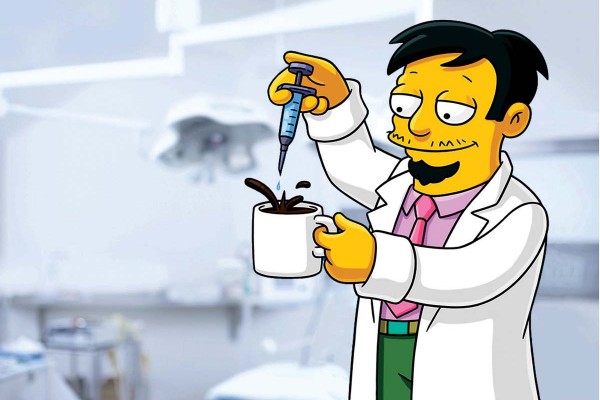Oxytocin is a hormone produced by the posterior lobe of the pituitary gland; a hormone-producing gland that is located at the base of the brain. In recent years it has been referred to as the “love” hormone, the “cuddle” hormone, and just about everything else positive under the sun.
But is this reputation warranted? Probably not.
For a start, the process that oxytocin is most involved in is childbirth; something that, as a man in my mid 20s, I am fucking terrified of. In this process, oxytocin is involved in a positive feedback cycle, where stretching of the birth canal stimulates the release of oxytocin. This stimulates more contraction of the uterus, pushing a fetus closer towards the outside world, stretching the birth canal more, which releases more oxytocin, and so on. This process leads to the delivery of one milk-sucking parasite, one exhausted woman, a bed often full of faeces and strange fluids, and (wait for it) vaginal tears.
Oxytocin redeems itself a little in its role in breastfeeding. In this process the stimulation of the nipple by a newborn stimulates the release of breast milk from the breast. It is known that breast feeding can help encourage bonding between mother and ex-fetus, though it would be simplistic to attribute this all to oxytocin.
Oxytocin is also associated with other social behaviours. Levels of oxytocin are generally found to be higher post-orgasm, and after socialising with friends. However, in studies involving animals, oxytocin levels were raised when animals were separated from their partners, which confuses the picture somewhat.
This is all to say that oxytocin is probably involved in love, romance, and other positive emotions. But to call it the love hormone is simply naïve. More likely, it is one piece of the puzzle of love, but by no means the end of the puzzle.



